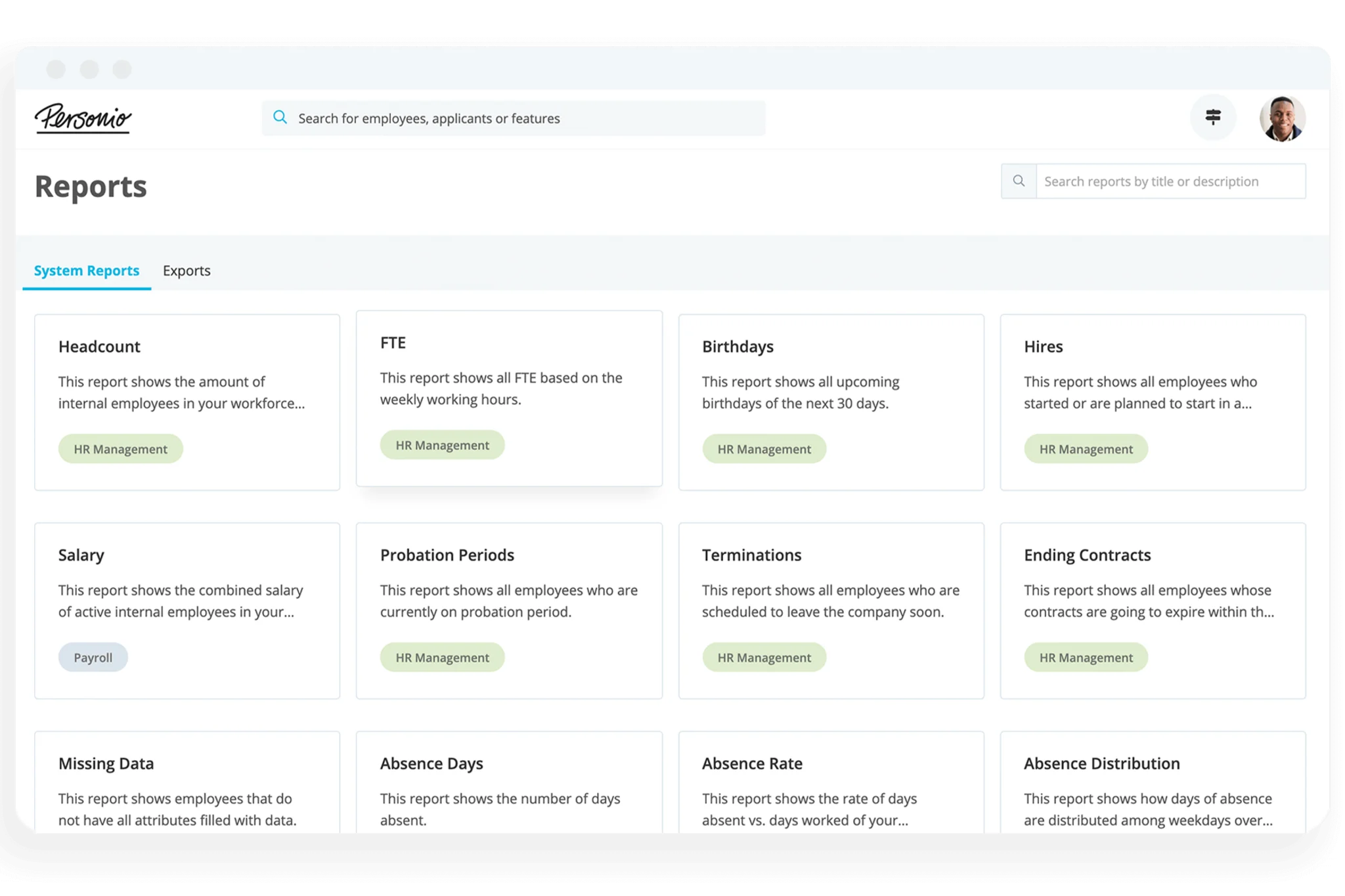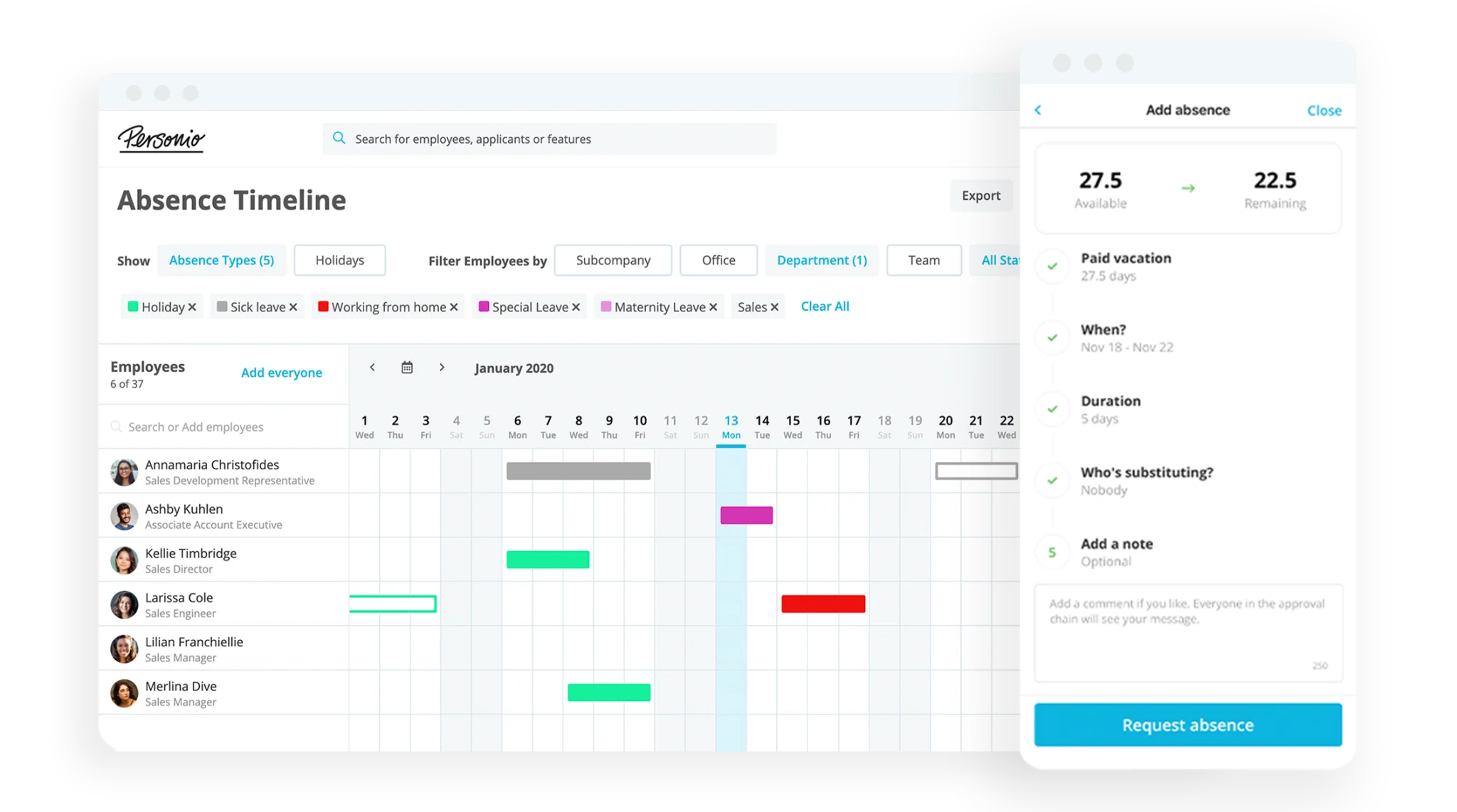Team Effectiveness Models: Types, Selection and Implementation

Want to learn about the best team models to create high-performing teams? We have you covered. In this article, you will get to know the four models of team effectiveness and how you can implement them into your daily business.
Key Facts:
Team effectiveness encompasses how well a group of people works together to achieve common goals or objectives.
High-performance teams consist of committed team members with unique sets of skills and strengths.
Some of the most commonly used team models are the Katzenbach and Smith Model, the Hackman model, the T7 model and the Lencioni model.
What Is a Team Effectiveness Model?
Team effectiveness is all about creating an empowering and satisfying work environment. It involves a group of individuals who work together to achieve a shared goal established by an authority, a team or team members. With the help of different models such as frameworks, a team dynamic can be analysed and improved.
In order to create a successful and high-performing team, you need a group of determined people with outstanding skills and characteristics. For building a well-functioning team, it is also important to find a balance between the team members' well-being and their performance. This can be achieved through a team effectiveness model.
Why Is Team Effectiveness Important?
Teamwork can create a sense of unity, which increases motivation and work quality. When teamwork is not approached with clear goals and effectiveness in mind, however, there is a higher risk of job dissatisfaction, absenteeism, perceived stress and attrition. An effective team model is a foundation which can lead to better results.
5 Tips on How To Create a High-Performance Team
An effective team can be recognised by certain characteristics. They include:
1. Complementary Skills of Its Team Members
The ideal team consists of a diverse group of employees with complementary skills that know how to get the job done. Team members must have the competency necessary for their work, as well as interpersonal, critical thinking and problem-solving skills to be successful.
Learn more about talent acquisition in our detailed guide.
2. Open Communication
Developing constructive interactions, camaraderie, an optimistic approach, trust and mutual respect is crucial in keeping team members motivated and satisfied.
3. Mature Conflict Management
When conflict is avoided, it can create tension between team members.
Conflict management is strongly connected to open communication. If discussed in constructive ways, issues will be resolved quickly and effectively. Problem-solving is an important characteristic in high-performance teams, as it helps to maintain a pleasant work environment within the group.
4. Clear, Common Goals and Objectives
A highly effective team requires a common direction with a defined set of goals and strategies. Clarified responsibilities and roles, forms of decision-making and a proactive approach to work can help in creating a structure. Team leadership is another crucial factor.
5. Celebrated Achievements
Celebrating achievements increases the motivation of the members of high-performance groups. It makes them feel valued and encouraged to work even harder.
4 Types and Examples of Team Effectiveness Models
Experts have been studying the components of effective team building for decades and have developed several important theories and models. These models identify which factors create effective teams. Below is a list of the most used team effectiveness models:
1. The Katzenbach and Smith Model
The Katzenbach and Smith model is made up of a triangle or pyramid. Each point represents an objective and each side the components with which they can be reached. The three goals depicted by the points of Katzenbach and Smith’s triangle are:
Personal growth - The progress of each individual in the team is important to keep employees motivated, productive and satisfied with their professional advancement.
Collective work product - Team results are a key objective and a measurable indicator of success.
Performance results - The effectiveness of the team’s work process is a vital objective. A process that eliminates waste will be more productive and efficient.
Skills - Team members must have the skills necessary for their work as well as interpersonal, critical thinking and problem-solving skills to be successful.
Accountability - Personal, group and leadership accountability is vital to team functioning.
Commitment - Encourage team commitment to a shared and meaningful purpose, common goals, and similar work styles. A team that feels committed to its work is more effective and productive.
2. The Hackman Model
The Hackman Model is based on team dynamics. According to Hackman, these are the five essential conditions for an efficient team:
Real team rather than just a “team” - Members of effective teams are interdependent, there is a clear line defining who belongs on the team, and interpersonal relationships are typically steady.
Established path - Setting goals that are clear, demanding and have enough impact to inspire team members to cooperate implies having a defined path that everyone moves towards.
Enabling structure that allows for teamwork - Teamwork should be promoted and not discouraged by the team’s organisational structure, behaviour and method of job execution. For instance, the team’s productivity would be hampered if just one person approved the work of 20 employees.
Supportive context - Having a supportive environment within the organisation enables the team to work efficiently: the team must have the right resources, rewards, information, cooperation and support to do its work flawlessly.
Access to coaching and guidance - Have access to professional coaching and guidance: Successful teams in enterprises are those who have ready access to a mentor or coach who can assist them in resolving issues.
3. The T7 Model
The T7 model was created by Michael Lombardo and Robert Eichinger to explain the elements that have an impact on team performance. The model consists of five internal factors and two external ones. Their names begin with “T”; therefore, the model is called “T7”
The internal factors are:
Thrust: a common goal or objective
Trust: the team members know they can rely on one another
Talent: skills to get the job done
Teaming skills: the ability to function well as a team
Task skills: ability to carry out tasks
External factors are:
Team leader fit: whether the leader knows how to work well with the team
The team has support from the organisation it works with: how well the organisation supports and aids the team, for example through resource support
In order for a team to be functioning well, all five internal factors must be there. However, regardless of the extent to which the internal elements are met, if leadership and organisational support aren’t present enough, the effectiveness of your team will suffer.
4. The Lencioni Model
Patrick Lencioni created a team effectiveness model that stands out from its counterparts mentioned above. This model focuses on all the things that could go wrong in a team, rather than what a team should do. According to Lencioni, knowing your team’s dysfunctions is what leads to a more effective team.
These are the five team dysfunctions:
Absence of Trust - If members of a team are not honest with each other, trust issues can be detrimental to the work environment.
Avoiding Conflict - Avoiding conflict can negatively impact the workflow since people will be more stressed out internally.
Lack of Effort - A lack of effort and commitment to the team’s goals, from any team member, causes slower decision-making and delays meeting deadlines.
Avoidance of Accountability - When team members don’t hold themselves and one another accountable, tension may arise.
Neglecting Results - If a team is not focused on its desired results, they cannot reach them. This model is best suited for managers. This model helps them identify which factors could hinder a team’s success and how to avoid them as well as getting to the root of its cause. From there, they can take steps to improve effectiveness.
Choosing Which Effectiveness Model Suits Your Team
There are some aspects to consider when choosing a team effectiveness model. What works for one organisation or company might not work for another.
Here is what you should think about:
Consider the timetable. Some models are better suited for long-term or short-term projects.
Note objectives. Plan your team model around specific objectives and projects your company is working towards.
Recognise team skills. If you know the needs and capabilities of each of your team members, you can determine the most effective team model suited for them.
Team Efficiency Made Easy
One way to increase the success of your team is to use HR software. Personio is the perfect tool to help simplify HR processes and free up your time, so you can focus on what matters. Growing your business!
Frequently Asked Questions
What Are the Benefits of Team Effectiveness Models?
Using a team effectiveness model can help supervisors and managers identify their employees’ strengths and address their challenges to maximise performance and results. Choosing a team effectiveness model can also help create a positive working environment and workplace culture and provide more career progression opportunities for employees.
What Is a Highly Effective Team?
The key to knowing whether a team is highly effective or not is to look at its results. A highly effective team is a team that manages to achieve or even exceed the goals it has set out to reach.
Disclaimer
We would like to inform you that the contents of our website (including any legal contributions) are for non-binding informational purposes only and does not in any way constitute legal advice. The content of this information cannot and is not intended to replace individual and binding legal advice from e.g. a lawyer that addresses your specific situation. In this respect, all information provided is without guarantee of correctness, completeness and up-to-dateness.


